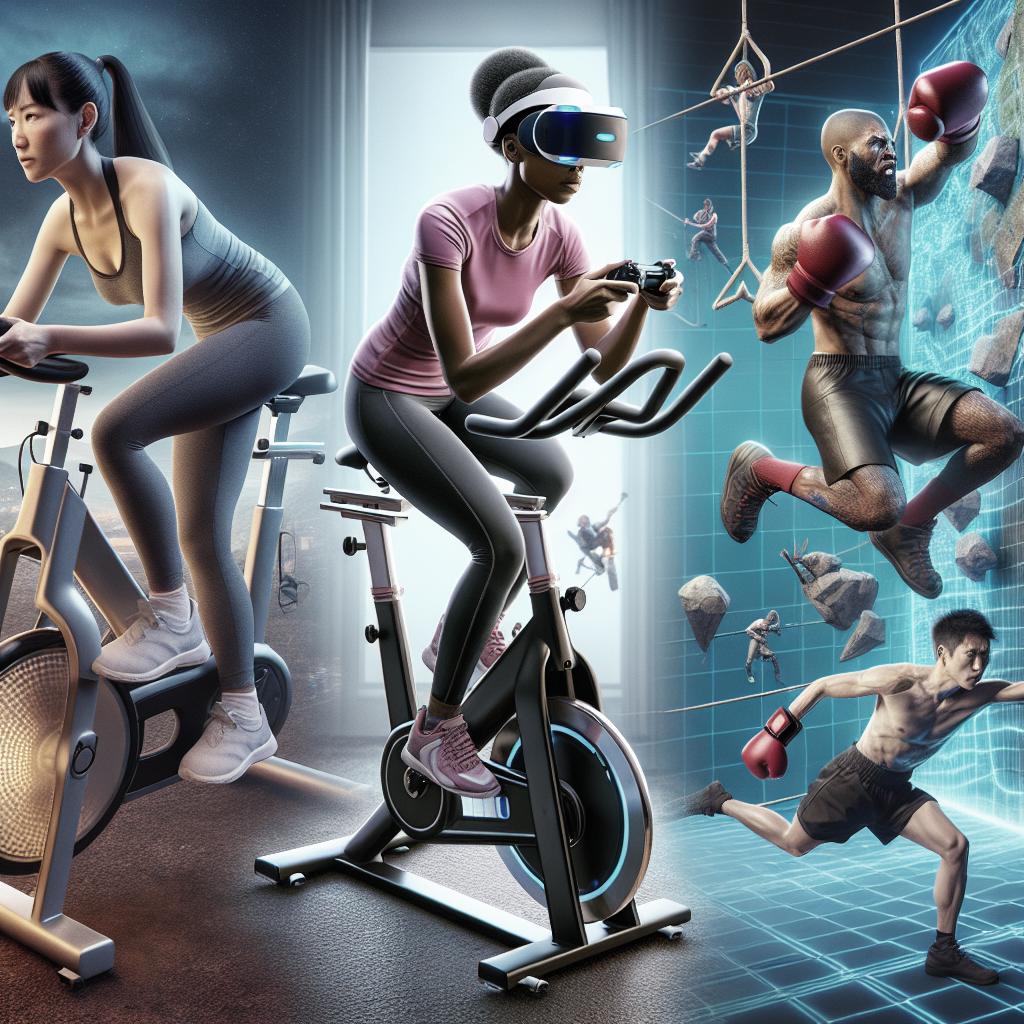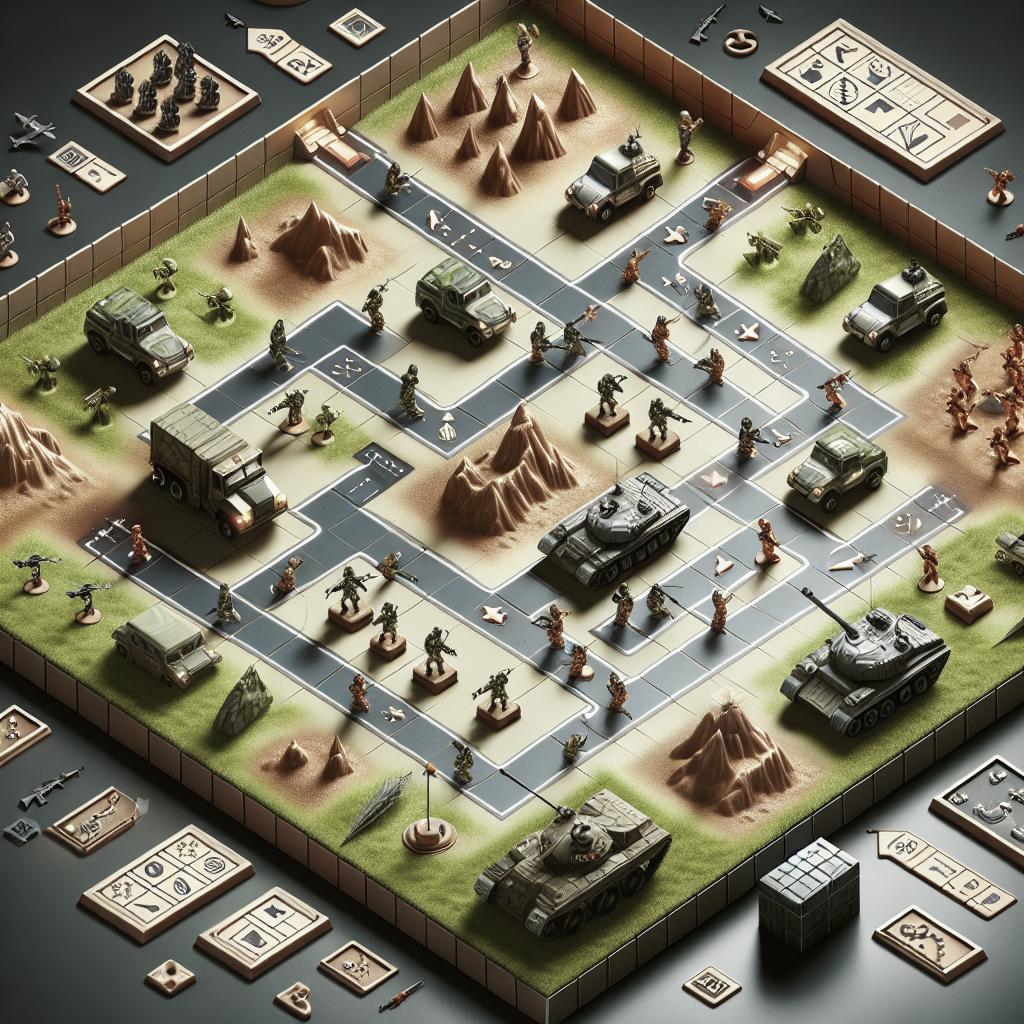In the competitive world of gaming, swift reflexes and lightning-fast reaction times can mean the difference between victory and defeat. Just like any skill, these can be honed and improved with consistent effort and the right techniques. This blog post explores what reaction time is, how you can enhance your reaction time for a better gaming experience, and how improvements can translate into other physical activities. Whether you’re a casual player or an aspiring eSports professional, understanding and improving your reflexes is crucial. We’ll delve into practical exercises specific to gaming, alongside techniques beneficial for sports. Additionally, we’ll provide insights on measuring your reaction time, explore the factors influencing it, and summarize the key takeaways to guide you towards superior reflexes. ### What is reaction time? Reaction time is the period between the presentation of a stimulus and the initiation of your response. In gaming, this translates to how quickly you can respond to on-screen events, like an enemy attack or a sudden change in the game environment. It’s a crucial skill that impacts decision-making and execution of movements, often determining whether you or your opponent emerges victorious. Different types of games demand varying levels of reaction speed. Fast-paced genres like first-person shooters (FPS) and real-time strategy (RTS) naturally require more agile reflexes compared to slower, turn-based games. However, regardless of the genre, improved reaction time can enhance your overall gaming performance, enabling you to better anticipate and react to in-game events. ### How to improve reaction time for gaming #### Practice. Practice. Practice! As with any skill, regular practice is foundational for improvement. Gaming is no exception. To develop your reflexes, engage in consistent gameplay, especially in games that challenge your reaction speed. By repeatedly exposing yourself to fast-paced scenarios, your brain starts to develop muscle memory, improving your ability to respond instinctively and quickly. Games designed specifically for reflex training can also be beneficial. Titles that focus on hand-eye coordination and quick reactions can serve as excellent practice tools, providing both fun and skill development. Set aside dedicated time for these exercises, focusing on learning from each session to notice gradual improvements in your reaction time. #### Warm up your hands Just like an athlete stretches before a game, it’s important to prepare your hands and fingers before diving into intense gaming sessions. Warming up ensures your muscles and tendons are limber, reducing the risk of cramping and increasing your fingers’ responsiveness. Simple exercises such as finger flexing or squeezing a stress ball can enhance blood circulation, priming your hands for optimal performance. Incorporate hand stretches and mobility exercises into your pre-gaming routine. Spend a few minutes performing wrist circles, finger stretches, and light massages to help invigorate your hand muscles. These practices ensure that when you’re ready to jump into the action, your hands are as prepared as your mind, helping to maximize your gaming efficiency. #### Play on high-performance equipment The hardware you choose plays a significant role in your gaming experience. High-performance equipment can dramatically reduce input lag, ensuring your actions translate immediately in-game. Investing in a quality gaming mouse, a mechanical keyboard, or a high-refresh-rate monitor can give you an edge by making your movements faster and more precise. Ensure that your equipment is not only high quality but also tailored to your specific comfort and gaming style. Customized settings on mice and keyboards can further enhance your reaction time, enabling more efficient and comfortable play. As you upgrade your gaming gear, you’ll notice a tangible improvement in how quickly and accurately you can respond during critical moments. ### Ways to improve your reaction time for other sports #### Run on uneven terrain Training on uneven surfaces such as trails or sand challenges your balance and coordination. This form of exercise forces your body to adapt quickly to changing conditions, refining your instinctive responses. As a result, your reaction time benefits from enhanced physical dexterity and adaptability. Incorporate varied terrain training into your routine regularly. This not only strengthens your lower body muscles but also trains your brain to assess and respond to constantly shifting environments. Over time, these exercises can transfer seamlessly into improved reaction times in sports that require quick directional changes and rapid adjustments. #### Sweat the technique Mastery of technique in any sport is just as crucial as raw physical ability. Being technically proficient allows athletes to execute movements with precision and speed, ultimately enhancing their reaction time. Athletes who practice techniques meticulously are often able to perform instinctively under pressure, making quick and accurate decisions. Dedicate time to practicing and refining your technical skills in your sport of choice. Break down the movements, focus on perfecting your form, and ensure each aspect of your technique is polished. This level of attention can significantly improve not just your reflexes but your overall performance, boosting your efficiency in high-stakes situations. #### React to a signal One effective way to hone your reaction time is to practice reacting to external signals, such as a whistle or a starter gun. These exercises train your brain to associate a stimulus with an immediate physical response, improving your ability to react under pressure. Incorporate signal-based drills into your training regimen. Activities like sprinting on cue or responding to visual signals can boost your speed and reflexes. Over time, your brain becomes more adept at processing stimuli quickly, allowing you to respond more effectively and swiftly in the heat of sports competition. ### How to measure your reaction time Measuring your reaction time can provide valuable insights into your progress and help you identify areas for improvement. Several tools are available to help track your performance, including online reaction time tests and mobile apps designed for reflex assessment. To measure your reaction time, start by using a simple online test where you respond to visual or auditory stimuli. Keep track of your scores over time to gauge improvements. Furthermore, gaming software sometimes includes built-in reaction time challenges, offering a convenient way to practice while playing. It’s beneficial to periodically assess your reaction time to identify patterns and notice any changes resulting from your training efforts. This allows you to adjust your strategies as needed, ensuring your methods remain effective and aligned with your goals. ### Factors that affect reaction time Numerous factors influence an individual’s reaction time, some of which are within your control while others are not. These include age, fatigue, attention levels, and even factors like caffeine intake or emotional state. Understanding how these elements affect your reflexes can help you make more informed decisions regarding your training and gaming habits. Age, for instance, generally slows reaction time, but regular practice and a healthy lifestyle can mitigate these effects. Fatigue and inattention naturally reduce your responsiveness, emphasizing the importance of rest and focus during gaming or sports activities. Awareness of these factors enables you to optimize conditions for peak performance, maximizing your reaction capabilities. By recognizing and managing the variables impacting your reflexes, you can take targeted actions to boost your reaction time further. This holistic approach to improvement combines training with lifestyle adjustments, offering a sustainable path to achieving faster and more precise reflexes across various activities. ### Summary of main points Below is a table summarizing the key takeaways from our discussion on improving reaction times for gaming and other sports:
| Section | Main Points |
|---|---|
| What is reaction time? | Defines reaction time as the interval between stimulus presentation and response; crucial for gaming. |
| Practice. Practice. Practice! | Regular gameplay enhances reflexes; use reflex-training games for additional practice. |
| Warm up your hands | Pre-gaming hand exercises improve circulation and responsiveness. |
| Play on high-performance equipment | Quality gear reduces input lag and enhances precision and speed. |
| Run on uneven terrain | Improves balance and coordination, enhancing reflex adaptability. |
| Sweat the technique | Technical proficiency allows for quicker, instinctive decisions under pressure. |
| React to a signal | Signal-based drills train prompt physical responses to stimuli. |
| How to measure your reaction time | Use digital tools to track and analyze reaction time progress. |
| Factors that affect reaction time | Acknowledges age, fatigue, attention, and other contributors to reflex performance. |
By focusing on these strategies and understanding the underlying factors, you can embark on a journey toward faster reflexes, whether in gaming or sports.


